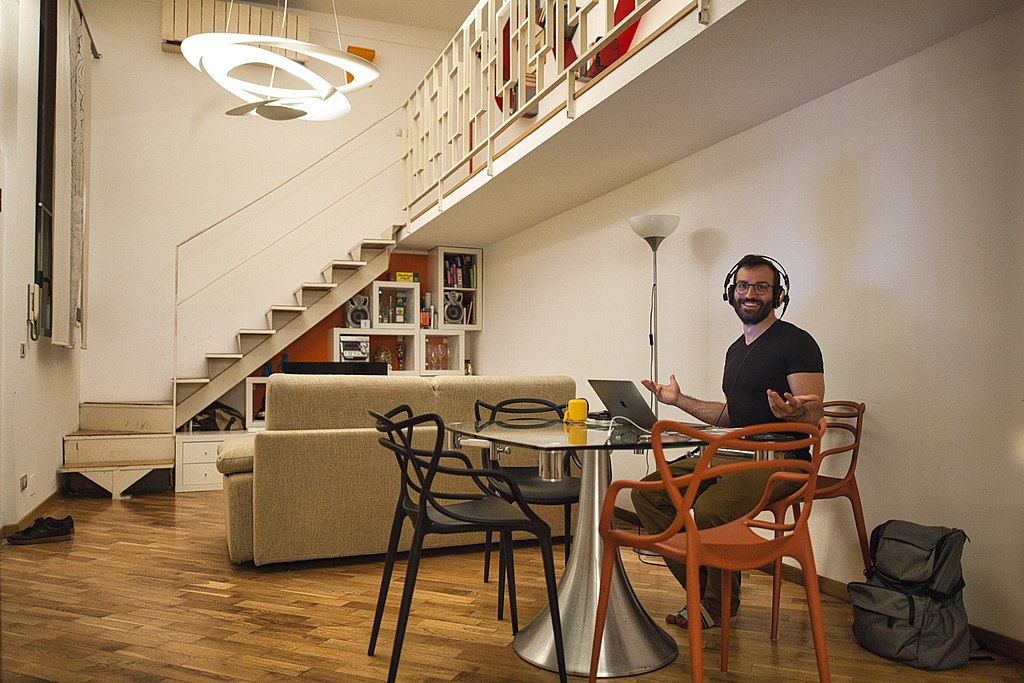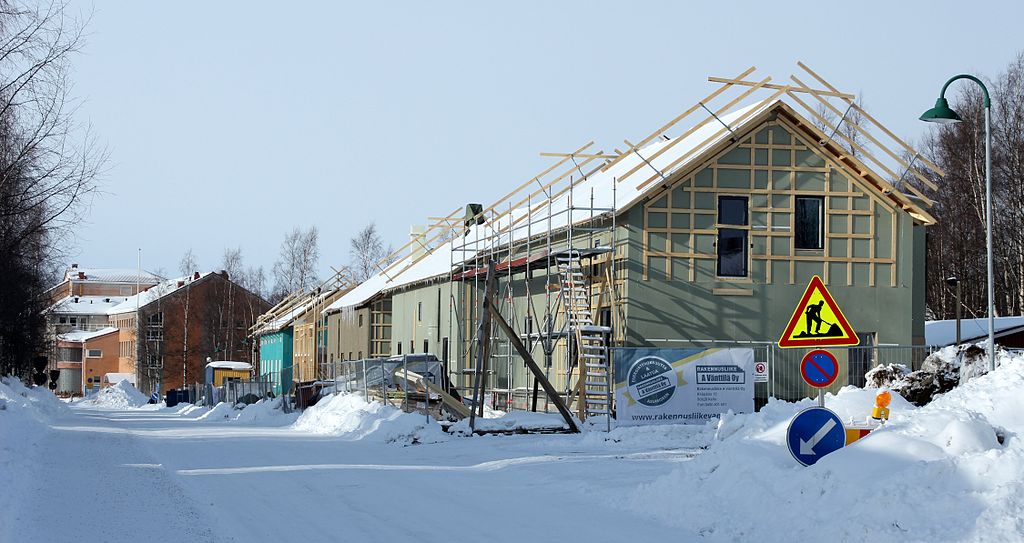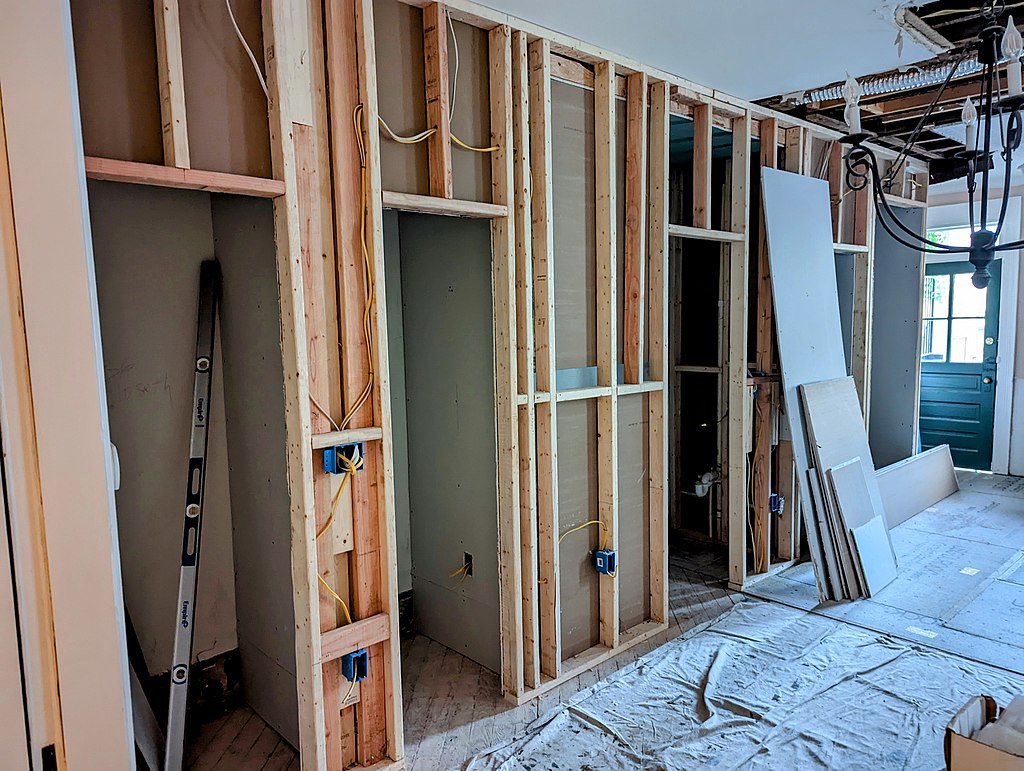New construction of homes and commercial buildings involves builders, interior designers, and architects. Each profession fulfills specific roles, but their collaboration is necessary for success. They work together to achieve the goals of their clients while ensuring structurally sound buildings.
What Builders Do
Builders are the hands-on experts who understand fully how to use and install building materials. A construction company employs project managers and tradespeople or hires contractors to perform individual tasks.
A builder is responsible for managing the construction process. This includes hiring workers, applying for permits, and scheduling installations, often while dealing with weather delays and inspections. The builder is obligated to confirm that everything about the building is structurally safe. This entails thousands of details from meeting building codes to tightening bolts correctly.
Someone planning a new building should consult a builder early in the design process. Failing to get input from the builder when finalizing the design is very likely to result in problems. Builders monitor current prices on building materials that a designer or architect may not be aware of. The materials chosen by an interior designer may not be available at a price that meets a project’s budget. This situation would result in revising the design with an alternative material or seeking authorization from the client for more money.
What Interior Designers Do
Designers have the task of making a space satisfy the personal taste of the clients and meeting their functional needs. Functional needs may be things like extra electrical outlets in a home office, positioning a picture window to face winter sunshine, or placing built-in storage in a room.
The selection of finishing materials is the purview of designers because their job is to create an aesthetically pleasing environment that remains functional. For example, marble tiles in a bathroom are fashionable and resistant to water damage.
Picking out interior finishes usually takes multiple meetings with clients. Designers present samples of materials for their clients to consider. This may involve some back and forth and even site visits to material suppliers before final decisions are made.
Ideally, a builder is consulted when the designer is selecting materials. A builder’s up-to-date knowledge of current supplies and prices may impact these decisions. A material that is hard to procure could cause a construction delay that the client wishes to avoid.
After construction begins, a good designer conducts frequent site visits. The designer will want to confirm that all of the interior details are being built according to plan. Plumbing or electrical put in the wrong locations is something that a designer would want to catch early when correcting the problem is not so difficult or costly.
What Architects Do
Architects prepare the structural plans that builders follow. These plans will incorporate the designs of the interior designer and the vision that the client and architect have developed for the exterior.
An architect produces the interior floor plan that shows where all of the walls, doors, windows, and fixtures will go. The architect and designer should consult each other during the development of the floor plan. The designer will check to see if the plan reflects the design goals of the client.
It is not infrequent for a designer’s vision to conflict in some way with what the architect or builder can do. Architects have the task of making floor plans that work structurally. Designers may have to adjust their ideas so that they can be built in a structurally safe manner. Similarly, builders sometimes find issues with what an architect may want to accomplish. Just because something appears workable on paper does not guarantee that a builder can make it work in real life or on budget.
To avoid delays related to structural problems or budget concerns, builders, designers, and architects should develop projects together. Collaboration in the early stages allows each party to resolve issues before the builder breaks ground.


